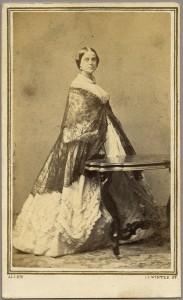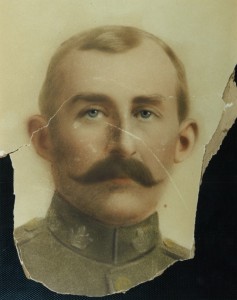
1 Beacon Hill Place, Boston, Monday, 16 January 1860: Fanny Gray[2] came to take tea – [she] played some sweet airs on the piano, with a great deal of feeling – and described a number of fancy ball dresses for Mrs. C. Amory’s[3] next Thursday.
Sunday, 22 January 1860: Have heard of little else than the [Amorys’] fancy ball – it was a grand success and kept up until 5 a.m. Continue reading “A good many sharp speeches”







